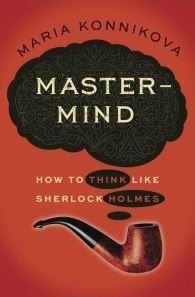You can design things for a variety of reasons. You might want to create something to be the tallest or the widest or the most efficient of its kind. But unless you’re specifically trying to design complexity, the simplest and most straightforward design is often the best. My son demonstrated this recently in his design of a Pinewood Derby car for his AWANA group.
He started by determining the purpose of his car. Awards are given for the fastest car as well as the most creative. Because we were a little short on time this year he decided that he wouldn’t be able to put the level of commitment in to win the creativity award. Speed became the only consideration in the build at that point.
The classic Pinewood Derby car shape is the wedge. There are endless variations of the wedge shape but basically, you’re just cutting off half of your pine block at an angle from the bottom front to the top rear. We made a further weight reduction by removing a portion of the block on the bottom rear. At this point, we added lead fishing weights to the bottom of the car by drilling holes and gluing them inside about an inch in front of the rear axles. The wheels were installed with a slight cant so only the outside edges would be in contact with the track to reduce friction. Finally, one of the front wheels was installed high so it wouldn’t contact the track at all.
Our purpose was speed and our design reflected that by taking the most direct route. The simplicity of the design allowed for a fast prototype and build and at the end of the night, resulted in a first place win.

I think the principle of simplicity in design can be extended to almost anything you are trying to design. Buildings, vehicles, and story plots are all more enjoyable when their structure isn’t convoluted.
When too many different things are attempted and not allowed to stand on their own, the user gets confused. No matter how smart they are, they will get confused, if only for a few moments. Those few moments are enough to lose someone.
A perfect example of this principle is a web site. You only have seconds to capture someones attention on a web site. If your site is difficult to navigate, takes too long to load, or doesn’t immediately provide what the reader is looking for, they will quickly go somewhere else.
Ask yourself what’s necessary? Make a list and whatever isn’t on the list is something that can be removed. People think they want bells and whistles, add-ons and upgrades but what they really want is a great experience. If my son and I had complicated our car design, our experience probably would not have been as great as it was. Simplicity won the race.
Of course, if you are trying to set your work apart, designing purely with usability in mind might not be good enough. Sometimes beauty is the goal (although I would argue that simplicity is beautiful) and practicality takes a back seat.
There were many pinewood derby cars at my son’s race that were designed without a thought to speed or to winning races. Instead, they were designed to delight people who looked at them They were an extension of the designer’s personality. They made a statement about the designer’s interests.
But even right-brained artists have to be careful not to go overboard. A painting can have many different shades of color and layer upon layer to build up a scene. But there comes a point when the picture is done and even a single stroke more will ruin it.


















